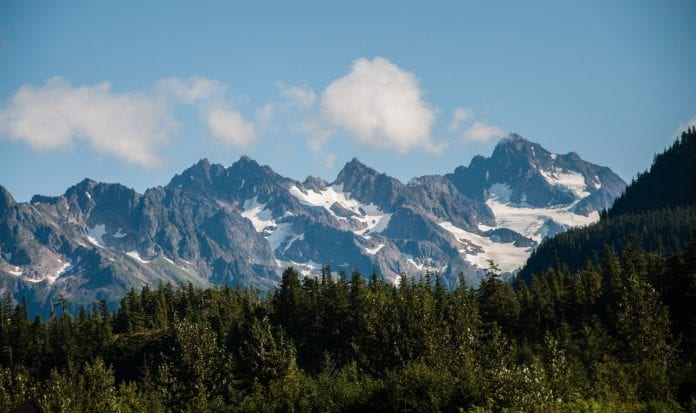
A new report released last week by the Alaska Native Tribal Health Consortium (ANTHC) identifies the unmet needs of 144 rural Alaska communities threatened with flooding, permafrost degradation and erosion due to climate change.
The report, copies of which were sent to Alaska’s congressional delegation and federal and state entities, is intended to help improve the effectiveness of federal and state government agencies in addressing climate and environmental threats to infrastructure in these communities.
The report identifies funding needs, priorities, and recommends implementation strategies, in an overall effort to catalyze the development of a better service delivery system. The report itself was a team effort of ANTHC and the Alaska Division of Community and Regional Affairs.
“We recognize that our strength and resilience come from our ability to work together to solve problems,” said Valerie Nurr’araaluk Davidson, president/CEO, ANTHC. “Erosion, flooding, and melting permafrost continue to threaten Alaska Native communities, impacting our cultures and our ability to fish, hunt, and gather food for our loved ones.”
According to the report the three primary unmet needs identified are rooted in lack of funding, inequitable delivery of resources, and lack of agency coordination.
To ensure inclusion of local Indigenous knowledge in the report, a group of 12 Indigenous and community contributors from eight Alaska regions was convened to increase participation from Alaska Native people and staff of regional tribal organizations.
The ANTHC Climate Initiatives Program, under the direction of Jacqualine Qatalina Schaeffer, includes many programs and activities in support of finding healthy ways to adapt to the changing world.
The report underscores the critical importance of protecting Alaska Native communities and cultures, including some 160,287 Alaska Native people who are members of 229 federally recognized Tribes, represented by 11 distinct Indigenous cultures and at least 20 Native languages with over 200 dialects. The document builds on the Bureau of Indian Affairs’ submission to the U.S. House Appropriations Committee in 2020 and expands on the May 2022 Government Accountability Office analysis titled “Federal Agencies Could Enhance Support for Native Village Efforts to Address Environmental Threats.”
In addition to informing systemic change which requires action by Congress, information in the document may be used by federal agencies to inform the allocation of Bipartisan Infrastructure Law and Inflation Reduction Act funding for the near-term benefit to communities, the report said.
Recommendations in the executive summary include one that Congress take immediate action to close the $80 million annual funding gap by providing a single, committed funding source to fully cover the costs of protection-in-place, managed retreat, or relocation of threatened Alaska communities. Another recommendation is for Congress to establish a lasting, all-encompassing framework permanently in law to ensure continuity across administrations and agencies.
The complete “Unmet Needs of Environmentally Threatened Alaska Native Villages” report is available online.





